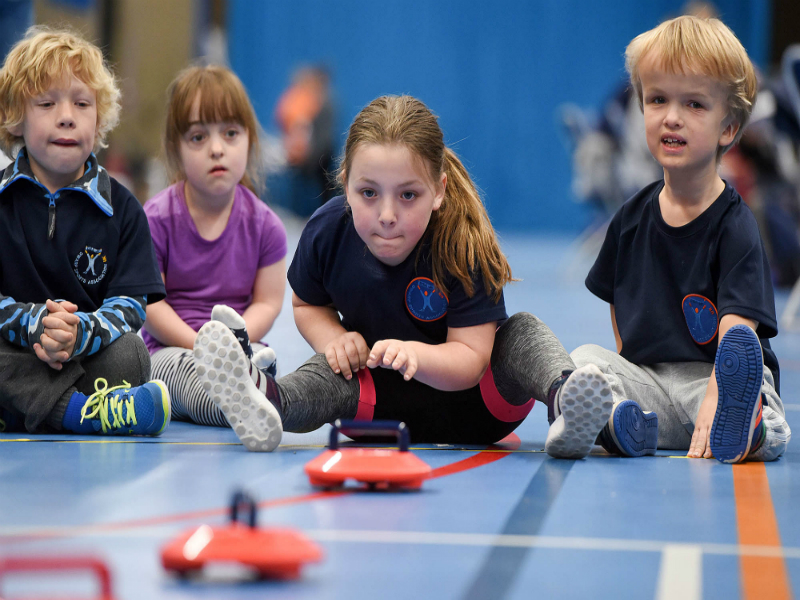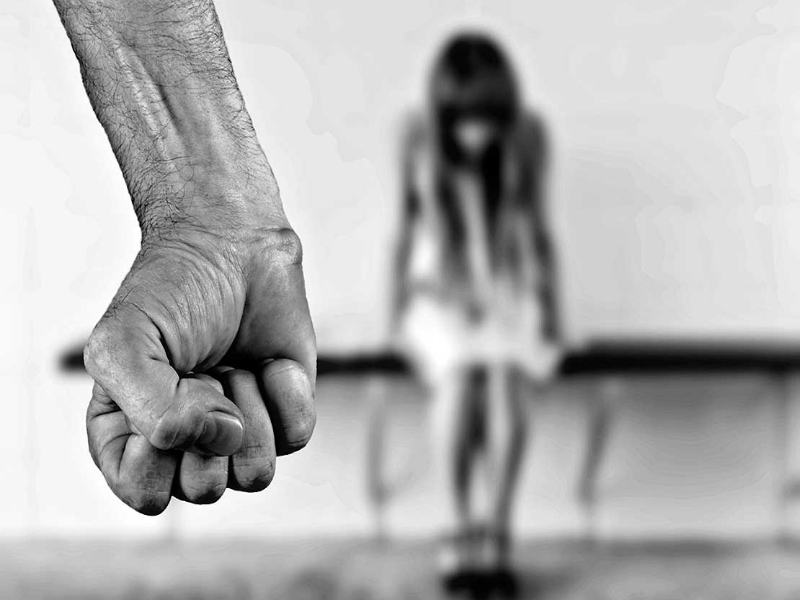Overview
This course has been specifically designed to incorporate safeguarding issues encountered in education settings. The course will help to ensure that you are equipped to carry out your safeguarding responsibilities effectively, and to ensure that you can identify and respond early to concerns or disclosures of abuse and neglect.
Audience
This Safeguarding Children Level 1 for Education course is intended for all people who work in the Education sector.
This includes:
Receptionists, caretakers and other maintenance staff, patrol attendants, administrators, ground-staff, cleaners, catering staff, welfare staff, IT support staff, occupational therapists, school nurses, chaplains, psychologists, teaching assistants and other support staff, teachers, lecturers, designated senior people, head-teachers and governors.
About this course
The course contains additional resource materials, useful links and a refresher guide.
Objectives
This course will enable you to:
- Learn the background and legal basis for safeguarding
- Understand the importance of serious case reviews
- Understand the origins and core functions of Local Safeguarding Children’s Boards
- Know what is meant by safeguarding and child protection
- Learn the definition of child protection and child abuse
- Understand the concept of significant harm
- Learn the key principles of child protection
- Know what to do if child abuse is suspected
- Know who abuses children
- Learn the definitions of physical abuse, emotional abuse, sexual abuse and neglect
- Know the causes of abuse
- Learn how to recognise signs of abuse from the victim and perpetrator
- Know the effects of abuse on children
- Learn how to and how not to respond to concern that a child is at risk of harm
- Know what information to record
- Know what to do if you have concern
- Learn how to respond to a disclosure or allegation of abuse or neglect
Content
Here are some of the topics covered in this course:
Everyone saw Lauren Wright suffering but no one saved her | What went wrong? | Safer recruitment | Serious case reviews | Every Child Matters and the Children Act 2004 | Children’s Trusts and LSCB’s | The Munro report | Revision and streamlining of the legislation | Working Together to Safeguard Children | Local Safeguarding Children Boards (LSCB) | LSCB: Core Functions | What is meant by safeguarding and child protection for schools? | Ofsted inspections | The roles and responsibilities of the Designated Senior Person | Some Facts and Myths | What are we safeguarding children from? | Definition of child abuse | Definition of significant harm | Parenting and abuse | How to establish whether there is significant harm | The role of Children’s Social Care | Is there really a problem? | Myths on how to treat children | Who abuses children? | Forms of abuse | Indicators of abuse | Children’s response to abuse | Safeguarding: important principles | Causes of physical abuse | Signs from the victim and Signs form the abuser | Effects on children | Definition of emotional abuse | Causes of emotional abuse | Components of emotional abuse | Signs of emotional abuse | Signs from the abuser | Emotional abuse during childhood | Myths of sexual abuse | Grooming | Signs of sexual abuse | Signs from the abuser | Disclosure | Cause of neglect | Signs of neglect | Signs from the abuser | Asking questions | Attempt to resolve? | Making Promises? | Discuss with colleagues? | Can you wait? | Keeping good records | Concerns about a colleague? | What children fear | What children want | Types of disclosure | Safety first and avoiding promises | Listen carefully | Do not interrogate | Communicate appropriately | Actions to avoid | Actions to undertake





